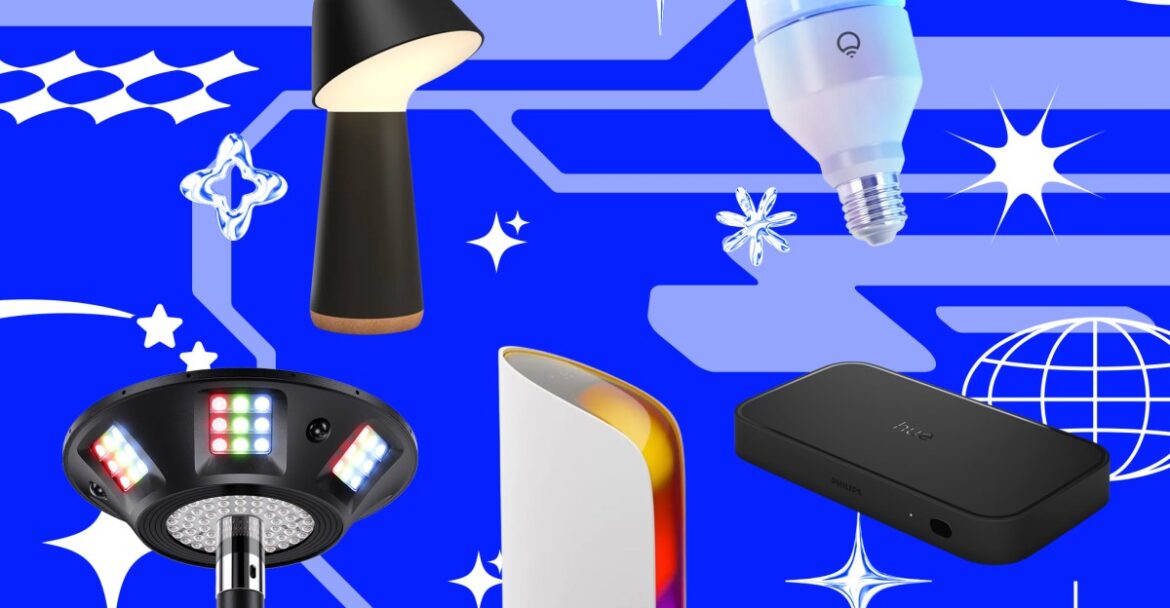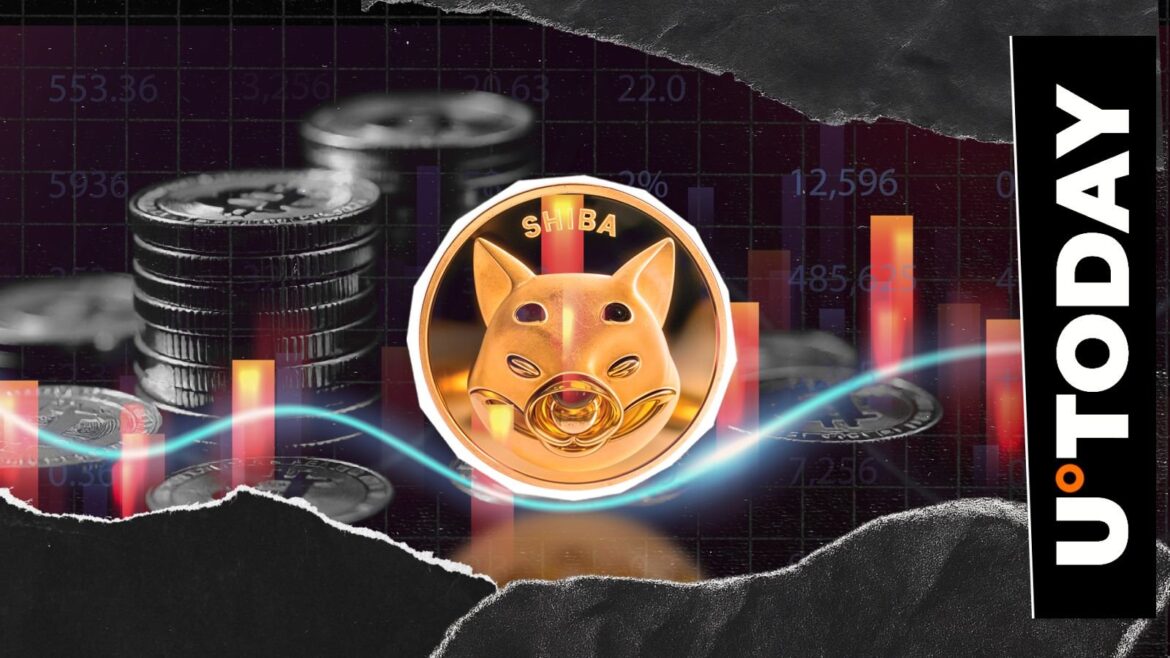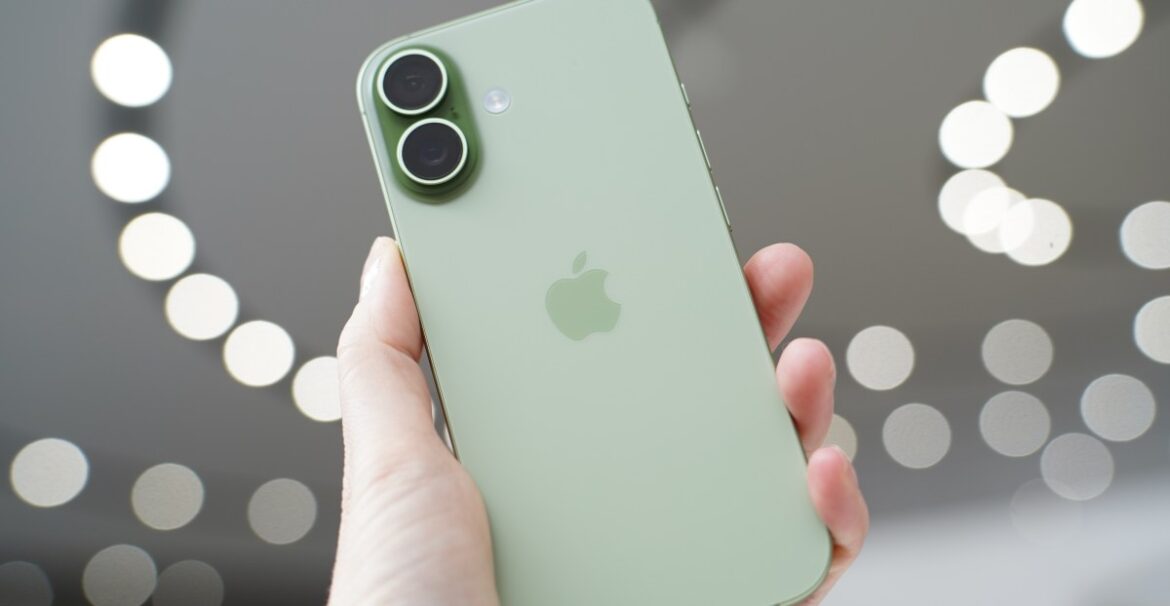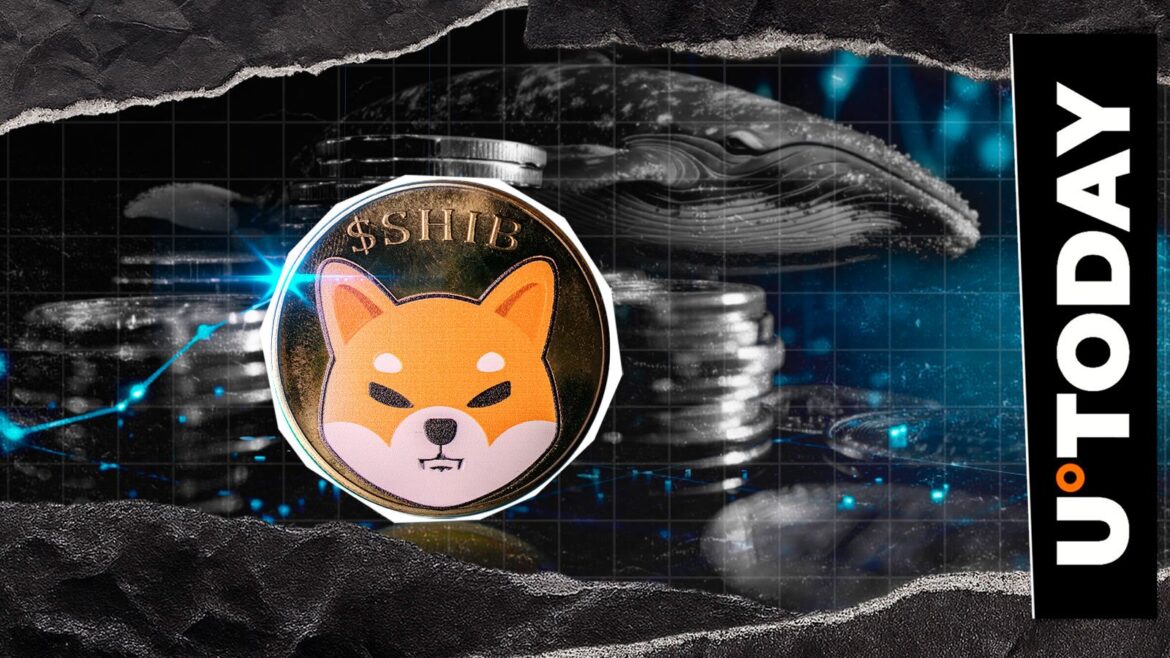Dogecoin (DOGE) is close to forming a golden cross, as indicated by its technical chart. The king of meme coins on its three-hour chart shows that a golden cross could form anytime now as the asset rebounded from a low of $0.2223 in the last 24 hours.
Trading volume lags despite Dogecoin price recovery
As per data, the 9-day and 26-day moving averages of Dogecoin show that the golden cross could form around the $0.2389 price level. Notably, a golden cross is considered a bullish signal, and it occurs when a short-term moving average crosses over a longer-term one on the asset’s chart.
Dogecoin 3H Price Chart | Source: TradingView
For DOGE, the event is likely to occur soon, and the meme coin is gradually recovering as it inches closer. A confirmation of the golden cross could see the price surge, particularly if other market metrics align. As of this writing, Dogecoin’s price was changing hands at $0.2301, representing a 2.25% increase in the last 24 hours.
The meme coin had earlier climbed to a peak of $0.2342 before succumbing to market pressure. The trading volume has not supported its upward movement as investors remain cautious despite the recovery signals that DOGE is flashing. Volume remains down by 41.83% at $2.43 billion despite the slight uptick in price.
However, the coin is likely to continue to climb as its Relative Strength Index at 44.47 signals recovery from its oversold conditions already. Dogecoin has a higher likelihood of upward momentum than declining, per the current market outlook.
If trading volume rises and the golden cross formation is confirmed, these could act as a catalyst for a more bullish rally for the meme coin.
Within this period, Bitcoin has also posted a 0.14% increase in price as it shows signs of recovery, too. If the flagship cryptocurrency breaks out, it is likely to also positively impact Dogecoin, as they are coupled.
Investors eye $0.30 as DOGE approaches September close
Market participants will need to keep a close eye on Dogecoin’s volume and broader market developments. Although renowned crypto analyst Ali Martinez had predicted that the meme coin could soar to $0.50 under certain conditions, investors are hoping it could climb to $0.30.
In the last 30 days, the closest Dogecoin price rose to $0.2966 before it slipped downward again. The last time it traded above $0.30 was in January 2025.
Based on historical precedent, Dogecoin has an average growth rate of 12.3% in the month of September. Perhaps, the current golden cross could support the price of the asset to make a final bullish push before the month ends in another 72 hours.







